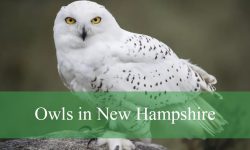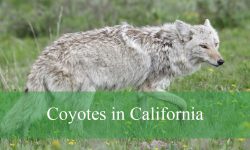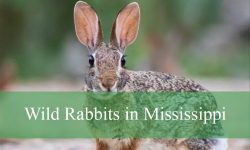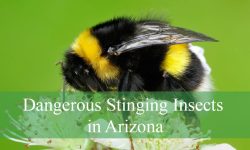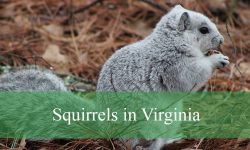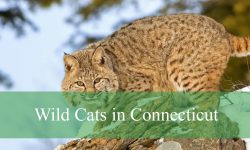New Mexico is a land of striking contrasts, from its arid deserts and sprawling plains to its lush canyons and rugged mountains. This diverse landscape creates ideal habitats for a wide range of wildlife, including birds, mammals, and reptiles that thrive across the state.
Among New Mexico’s fascinating avian residents are two prominent vulture species: the Turkey Vulture (Cathartes aura) and the Black Vulture (Coragyps atratus). These scavengers are essential to the ecosystem, efficiently consuming carrion and helping prevent the spread of disease.
Although both vultures are frequently seen soaring high above the skies, they have notable differences in appearance, behavior, and habitat preferences. Observing their unique characteristics provides valuable insight into their ecological roles and fascinating adaptations.
Turkey Vulture: The Soaring Scavenger
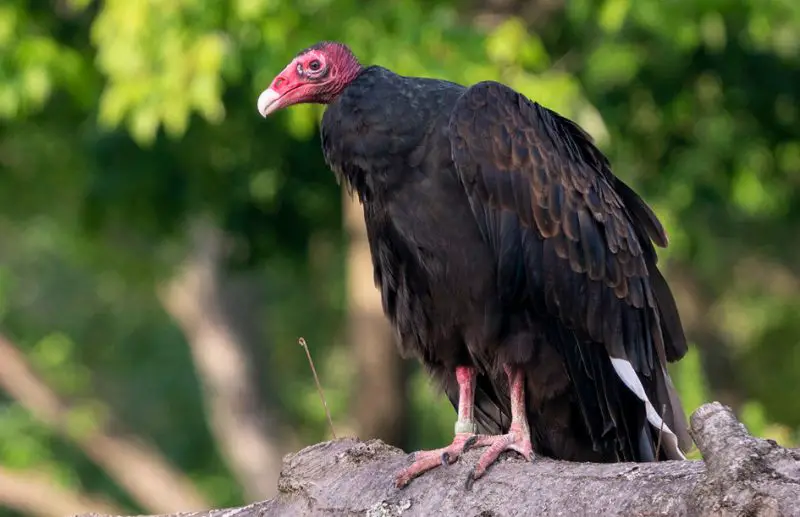
Physical Characteristics
The Turkey Vulture (Cathartes aura) is a striking and highly recognizable bird, notable for both its size and distinctive features. Adults typically boast a wingspan ranging from 5.5 to 6.5 feet and weigh between 2 to 5 pounds. Their plumage is primarily dark brown to black, which helps them blend into both wooded areas and open landscapes while in flight. The bare red head is one of their most defining characteristics, allowing them to maintain hygiene while feeding on carrion, as feathers on the head could easily become soiled.
The bill of the Turkey Vulture is pale and slightly hooked, perfectly adapted for tearing flesh, while their strong legs and feet allow them to manipulate carcasses with precision. When soaring, the long, broad wings form a shallow “V” shape, a signature posture that sets them apart from other large birds. The undersides of their wings are two-toned, with lighter flight feathers contrasting against the darker body, creating a striking silhouette in the sky. Observers often notice the slightly upturned wing tips and the way the wings appear almost fingered at the ends—a key identification feature.
Behavior and Flight
Turkey Vultures are masterful gliders, relying heavily on air currents to travel vast distances with minimal energy expenditure. Unlike many birds of prey, they flap their wings infrequently, preferring to ride thermal updrafts that lift them high above the terrain. Their flight often appears somewhat unsteady or teetering, yet this method allows them to patrol large areas efficiently.
One of the most remarkable adaptations of the Turkey Vulture is its highly developed sense of smell, unusual among birds. Using an organ called the olfactory bulb, they can detect the scent of decaying flesh from several miles away, a crucial skill that gives them an advantage over other scavengers that rely primarily on sight. This keen sense enables them to locate carcasses hidden beneath dense foliage or in areas difficult to reach.
Turkey Vultures are generally solitary or found in small groups, although larger congregations can form around abundant food sources. While they are primarily scavengers, they occasionally opportunistically feed on plant material or insects. Their feeding behavior involves tearing meat into manageable pieces, often accompanied by wing spreading, which helps ventilate their bodies and may deter competing scavengers.
Habitat and Range in New Mexico
In New Mexico, Turkey Vultures are widespread and commonly seen from spring through early fall, typically from April to September. They thrive in open landscapes, including grasslands, deserts, canyons, and roadways where carrion is more easily spotted. Canyon walls and mountain slopes provide ideal thermal updrafts, allowing them to soar efficiently in search of food.
Notable locations for observing Turkey Vultures in New Mexico include Bandelier National Monument, the Manzano Mountains, and areas surrounding the Rio Grande. They often perch on fence posts, tree branches, or rocky outcrops to survey the surrounding landscape. In urban or semi-urban areas, they may be spotted circling over landfills or open fields, reflecting their adaptability to human-altered environments.
Conservation Status
The Turkey Vulture is currently not considered endangered, and populations across North America are stable. However, threats such as habitat destruction, vehicle collisions, and environmental pollutants can negatively impact local populations. Pesticides and toxic chemicals in carcasses can accumulate in these scavengers, affecting their health.
Conservation efforts emphasize preserving open habitats, maintaining natural food sources, and minimizing exposure to harmful substances. Educational initiatives also aim to reduce human persecution, as vultures are often misunderstood or seen as pests. Protecting Turkey Vultures ensures the continuation of their crucial ecological role, keeping ecosystems clean and balanced by recycling nutrients from carrion.
Black Vulture: The Compact Scavenger
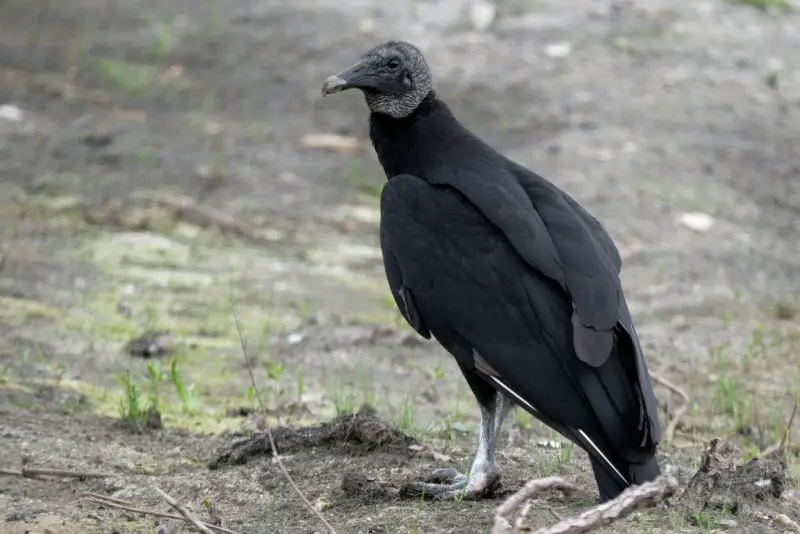
Physical Characteristics
The Black Vulture (Coragyps atratus) is a striking bird, smaller and more compact than the Turkey Vulture, with a wingspan averaging around 4.5 feet and a body weight between 2 to 4 pounds. Its plumage is uniformly black, providing excellent camouflage against shadows while gliding close to the ground or perched in trees. The undersides of its wings feature distinctive silvery-gray patches at the wingtips, which are visible during flight and help with identification from a distance.
The Black Vulture’s head is featherless and grayish-black, with wrinkled skin that reduces contamination while feeding on carrion. Its short, hooked bill is perfectly adapted for tearing flesh and stripping meat from bones, while its strong, clawed feet help it maintain balance when feeding or perching. The wings are broad and rounded, and the tail is short and squared, giving the bird a stocky silhouette in flight. Unlike the Turkey Vulture, which soars in a shallow “V” shape, the Black Vulture usually holds its wings flat and performs several quick wing flaps between glides, producing a more direct and powerful flight style.
Behavior and Flight
Black Vultures are highly social birds, often seen in large groups rather than alone. They are more aggressive than Turkey Vultures, frequently competing for food and actively defending carrion from other scavengers. Their behavior includes cooperative feeding, where multiple individuals will work together to tear open carcasses, sometimes even chasing off smaller scavengers.
Unlike Turkey Vultures, Black Vultures rely primarily on sight rather than smell to locate food. They are adept at spotting carcasses or potential food sources from high above and will often follow Turkey Vultures, which use their superior sense of smell, to areas with fresh carrion. Their flight pattern is direct and purposeful, rarely soaring for long periods like the Turkey Vulture. In addition to scavenging, Black Vultures occasionally consume eggs, small animals, or plant matter, though this is less common.
Habitat and Range in New Mexico
Although less widespread than Turkey Vultures, Black Vultures are present across several regions of New Mexico, particularly in open lowlands, suburban areas, and locations near landfills or garbage dumps. Their presence has been increasingly recorded in towns such as Roswell, reflecting both adaptability and range expansion.
These vultures are highly adaptable to human-modified landscapes, taking advantage of food availability near roads, agricultural areas, and urban settings. In natural habitats, they prefer open grasslands or low forested areas where they can spot carrion from a distance and glide efficiently between feeding sites. Seasonal movements are less pronounced than those of Turkey Vultures, though local dispersal may occur in response to food availability.
Conservation Status
The Black Vulture is not considered threatened, and its population has been steadily increasing in parts of the United States, including New Mexico. However, as their range expands into urban and agricultural areas, they occasionally come into conflict with human activities, such as livestock farming and aviation.
Conservation and management efforts focus on balancing human-wildlife interactions while ensuring the species’ long-term survival. Public education about the ecological benefits of Black Vultures—such as controlling disease by consuming carrion—is crucial for reducing negative perceptions. Protecting feeding habitats, minimizing intentional harm, and monitoring population growth are key strategies to maintain a healthy Black Vulture population across New Mexico.
Identifying Turkey and Black Vultures in the Wild
Size and Shape
The Turkey Vulture is larger, with a wingspan of 5.5 to 6.5 feet, and has a long, narrow body. In contrast, the Black Vulture is more compact, with a wingspan of about 4.5 feet, and has a shorter, stockier build.
Head and Bill
Turkey Vultures have a distinctive featherless red head with a pale bill. Black Vultures possess a featherless grayish-black head with a short, hooked bill.
Flight Patterns
When soaring, Turkey Vultures hold their wings in a shallow “V” shape and exhibit a teetering flight. Black Vultures, on the other hand, hold their wings flat and have a more direct, less graceful flight pattern.
Behavior
Turkey Vultures are solitary or found in small groups and rely on their sense of smell to locate food. Black Vultures are more social, often feeding in large groups, and depend more on their eyesight to find carrion.
Conclusion
Both the Turkey Vulture and the Black Vulture are integral to New Mexico’s ecosystem, performing the essential task of cleaning up carrion. While they share a similar diet and habitat, their differences in size, appearance, behavior, and flight patterns make them fascinating subjects for birdwatchers and nature enthusiasts. Understanding these distinctions not only enhances our appreciation of these remarkable birds but also underscores the importance of conserving their habitats to maintain the ecological balance.
For those interested in observing these vultures in their natural habitat, visiting areas like Bandelier National Monument or the Manzano Mountains during the warmer months offers an excellent opportunity to witness their soaring flights and unique behaviors. Always remember to respect wildlife and maintain a safe distance to ensure both your safety and the well-being of the birds.
Frequently Asked Questions About Vultures in New Mexico
What are the main types of vultures found in New Mexico?
The two primary species of vultures in New Mexico are the Turkey Vulture (Cathartes aura) and the Black Vulture (Coragyps atratus). Both are scavengers that feed mainly on carrion and play an essential role in maintaining ecosystem health. Turkey Vultures are larger, have a red head, and rely heavily on their sense of smell, while Black Vultures are smaller, have a grayish-black head, and depend more on eyesight.
How can I identify a Turkey Vulture from a Black Vulture?
Turkey Vultures are recognized by their long, broad wings that form a shallow “V” in flight, dark brown plumage, and bright red featherless head. Black Vultures are smaller with black plumage, silvery-gray wingtips, and a grayish-black featherless head. Turkey Vultures soar with minimal flapping and a teetering flight, whereas Black Vultures glide more directly, with several quick wing flaps.
What habitats do these vultures prefer in New Mexico?
Turkey Vultures are commonly found in open grasslands, deserts, canyons, and mountainous regions where thermal currents aid soaring. Black Vultures prefer lowlands, open fields, suburban areas, and locations near landfills or garbage dumps. Both species are adaptable and can be observed in natural and human-modified environments.
Are vultures dangerous to humans?
Vultures are generally not dangerous to humans. They are scavengers and avoid live prey or direct confrontations. While they may display defensive behavior if threatened at a carcass, they do not pose a significant threat. Their ecological role in consuming carrion helps prevent the spread of disease, indirectly benefiting human health.
When is the best time to observe vultures in New Mexico?
The optimal time to observe Turkey and Black Vultures in New Mexico is from spring through early fall, typically April to September. During warmer months, thermal updrafts make soaring more visible, and vultures can often be seen circling high in the sky or perched on fence posts, cliffs, and trees while scanning for food.
What do vultures eat besides carrion?
Although vultures primarily feed on carrion, they occasionally consume eggs, small animals, insects, or plant material. Turkey Vultures are more specialized scavengers and rely heavily on their sense of smell to locate decaying flesh, whereas Black Vultures may supplement their diet with opportunistic feeding when carrion is scarce.
Are Turkey Vultures and Black Vultures protected species?
Both species are currently not considered endangered. Turkey Vultures have a stable population across North America, while Black Vultures are increasing in range and numbers. They are protected under the Migratory Bird Treaty Act, making it illegal to harm, capture, or kill them without proper permits.
Why do vultures soar in large circles?
Vultures often soar in wide circles to conserve energy while searching for food. They use thermal updrafts to gain altitude without flapping extensively. This behavior allows them to cover large distances efficiently, locate carrion from high above, and remain airborne for extended periods while conserving energy.

